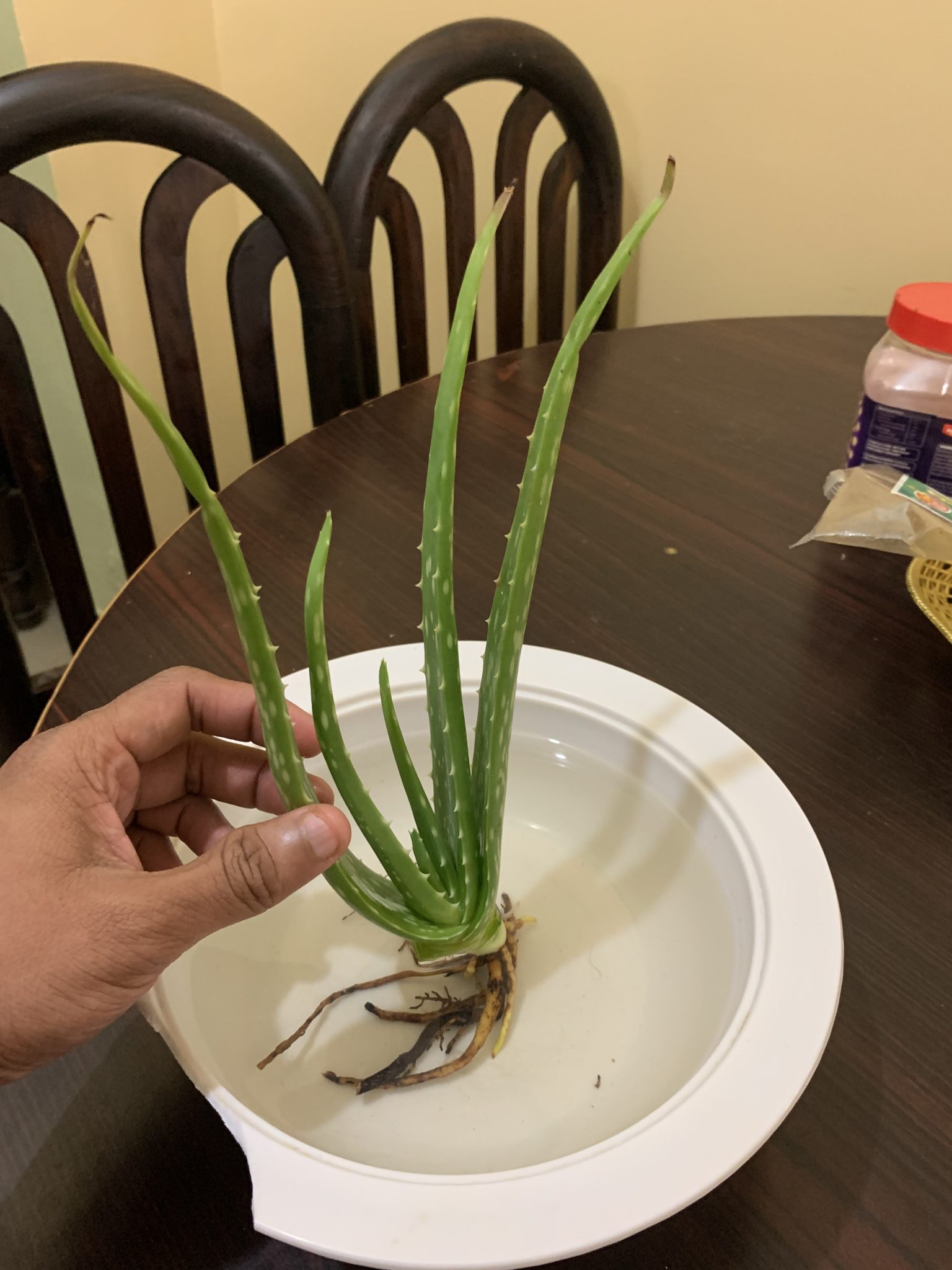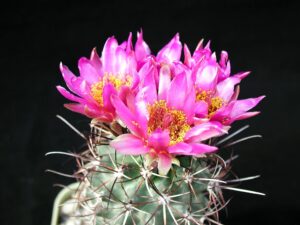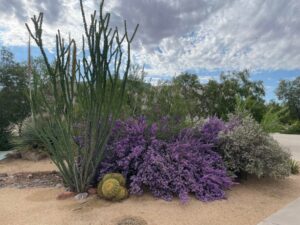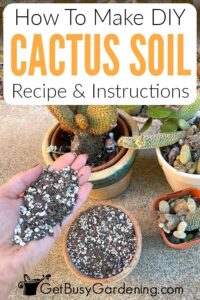Growing an Aloe Vera plant from a leaf cutting is a fascinating endeavor that requires an understanding of its unique characteristics. This succulent, renowned for its medicinal properties and striking aesthetic appeal, can be propagated with relative ease if a few essential steps are followed. As you immerse yourself in this horticultural journey, you will uncover not only the practicalities of cultivating Aloe Vera but also the charm it brings into your home or garden.
The Allure of Aloe Vera: A Plant with Purpose
Aloe Vera is distinguished by its thick, fleshy leaves, which store moisture and enable the plant to thrive in arid conditions. Its striking rosettes create a captivating visual appeal, making it a popular choice among indoor and outdoor gardeners alike. While its beauty is apparent, it is the myriad of benefits that elevates the Aloe Vera to a status of reverence. The sap from its leaves contains a variety of vitamins, minerals, and enzymes, celebrated for their skin-soothing properties and potential health benefits. This dual nature—being both visually stunning and practically beneficial—makes propagating it from a cutting an enticing project.
Preparing for Propagation: Selecting the Right Leaf
The first step in successfully growing Aloe Vera from a leaf involves selecting a healthy parent plant and choosing a suitable leaf for propagation. Look for a mature, robust Aloe Vera plant, as this will yield the best results. Aim for a leaf that is at least a few inches long and free from blemishes or signs of disease.
Once you have identified the right leaf, use a clean, sharp knife to make a precise cut. It is advisable to cut the leaf close to the base of the plant to ensure that you have sufficient tissue for propagation. After cutting, allow the leaf to sit undisturbed for a few days in a warm, dry place. This resting period encourages the cut end to heal and develop a protective callous, which is crucial in preventing rot when planted.
The Art of Planting: From Leaf to Soil
After the cut end of the leaf has calloused, it is time to introduce it to its new home. Begin by selecting a well-draining potting medium that accommodates the needs of succulents. A mix of potting soil, perlite, and coarse sand is highly recommended, as it promotes airflow and ensures that excess moisture does not accumulate around the roots.
Fill a small pot with the prepared soil mix and create a shallow hole in the center. Position the calloused end of the leaf into the hole, burying it just about an inch deep. The remaining part of the leaf should remain above the soil surface, allowing it to photosynthesize while establishing roots. Water the soil lightly, ensuring that it is damp but not saturated, as overwatering can lead to rotting—a common pitfall in succulent care.
Creating the Optimal Environment for Growth
After planting, the focus shifts to nurturing the newly planted leaf alongside a properly calibrated environment. Place the pot in a location that receives bright, indirect sunlight. Aloe Vera thrives with plenty of light, but direct exposure to harsh rays can scorch its delicate leaves. A south or west-facing window that allows for ample filtered light is ideal.
Temperature and humidity are also pivotal factors in the growth process. Aloe Vera prefers temperatures between 60°F to 75°F (15°C to 24°C), making it well-suited for indoor cultivation. Avoid exposing the leaf to cold drafts or drastic temperature fluctuations. Additionally, while Aloe Vera is accustomed to arid climates, maintaining a slightly humid environment can encourage root development. Occasionally misting the leaves with water can achieve this without over-saturating the soil.
The Waiting Game: Patience and Observations
Propagating aloe from a leaf cutting is not an overnight task; patience is a virtue here. During the first few weeks, refrain from excessive watering and allow the soil to dry out completely before the next watering. Signs of successful root development include new growth at the base of the leaf or the emergence of offsets, which are young plants that can spring from the parent leaf.
As weeks turn into months, keep a close eye on the leaf cutting. Eventually, with favorable conditions and tender care, roots will develop, and the plant will begin the journey toward independence. Once you observe substantial growth and rooted stability, it may be time to transfer the plant into a larger pot to facilitate its burgeoning size.
Conclusion: The Satisfaction of Cultivating Nature
Growing Aloe Vera from a leaf cutting is not merely about the act of propagation; it is a rewarding experience that fosters a deeper connection with nature. Your plant will not only serve as an aesthetic focal point in your home but will also become a reservoir of benefits, offering both beauty and functionality. As you nurture your leaf cutting into a thriving plant, you become part of a timeless cycle of growth—a transformation that embodies the very essence of gardening. With diligence and care, your Aloe Vera will flourish, providing not just visual delight but also potential wellness advantages for years to come.





Leave a Comment